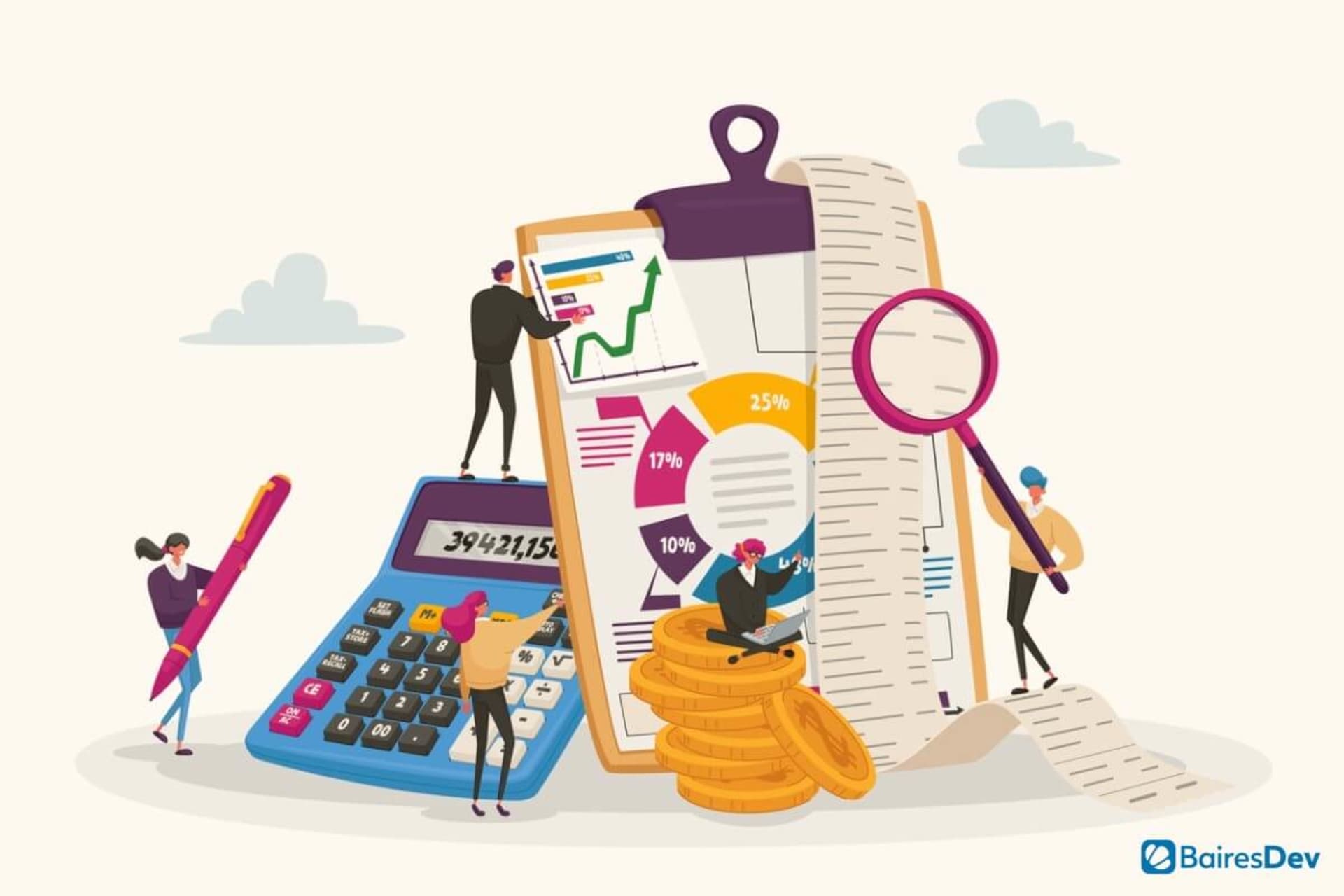Software maintenance is as important as software development. It allows solutions to adapt to changing technological and business situations.
Traditionally, software development outsourcing companies advise their customers to use software maintenance services for improved and consistent system performance. That’s because many of the software enhancements happen during this phase and why a successful development partnership can’t end with the product’s release.
In fact, according to the author of “Facts and Fallacies of Software Engineering,” maintenance typically uses an average 60% of overall software costs, and “it’s probably the most important life cycle phase of software”.
Software maintenance aids in the expansion of programs. Unfortunately, it’s easy to overlook the transition from a software development team to a maintenance staff. Organizations are typically so focused on finishing a project that they forget the post-project management and maintenance tasks.
What is Software Maintenance?
The Software Development Life Cycle (SDLC) includes a large management procedure called software maintenance. The major purpose of software maintenance is to resolve faults and improve system performance by modifying and updating software applications after deployment.
After the development and deployment of a program, the software maintenance operations take place. As a result, minimizing errors, deleting unusable development, and using advanced development methodologies improves software performance.
Software maintenance, on the other hand, isn’t bound to the post-development stage. Dev teams must ensure that their program is secure and scalable in addition to making it error-free as they build it. If they don’t keep adding new features and fixing issues to their software, it may become obsolete even before release.
The 4 Different Types of Software Maintenance
There are 4 types of software maintenance related to different causes and objectives.
- Corrective – Corrective software maintenance is the practice of keeping an application up and operating. End users are the ones who usually notice mistakes in the design, logic, or code.
- Adaptive – Changes in the environment can affect software applications. This could be due to hardware upgrades, operating system updates, or infrastructural changes. Supplier modifications, links to new or existing ancillary systems, and even security or industry compliance policies are all examples of environmental changes.
- Perfective – Changes in perfective software maintenance are usually evolutionary. As end users become more familiar with a software program, they begin to make wish lists for new features. In certain circumstances, perfective software maintenance includes deleting superfluous or redundant functionalities.
- Preventive– Preventive software maintenance is akin to applying a bandage to a wound. It entails making minor, incremental adjustments to software applications so that they can work for longer periods of time.
Changing a Project from Development to Maintenance
Transferring a project from a development team to a maintenance team is often complicated and difficult. Fortunately, there are a few recommended practices to follow for all changes.
- Choose Solid Team Leaders – Project team leaders, such as development leads, business analysts, and other stakeholders keep in touch with maintenance team leaders. Knowing who to turn to for advice and decisions can reduce risks and facilitate a seamless transition. Team leaders should talk about how the new software application will affect or change current service level agreements (SLAs).
- Prepare a Transition Budget – Companies must remember to budget for the transition from development to maintenance in a project. This isn’t a practice they should rush or overlook. Businesses must ascertain that all stakeholders are aware of the need for a solid support strategy. This budget may also cover the need for additional support workers after the implementation is complete.
- Begin Early – When transferring projects from development to maintenance, avoid the “drop-and-run method.” Dev companies should allow maintenance teams to shadow development teams well before they finish the task, engage them in meetings and important communications, and keep everyone informed about important decisions.
Development teams will have a better understanding of the current state of existing architecture and will have the ability to make better decisions if maintenance team members use software apps that are present from the start. - Communication – Businesses must remember that their maintenance team may not fully comprehend why they make certain decisions, have certain priorities, or maintain certain expectations. Maintenance staff can better support the software and have empathy and ownership when responding to future questions from end users by communicating these types of details.
- Documentation – The support procedure relies heavily on documentation. In order to direct future support jobs, skilled technology specialists learn to anticipate the documented specifics. They should consider end users who could be looking for justifications for features or functionality creation and the reasoning behind decisions.
An additional benefit of extensive documentation is that it aids future development initiatives. Dev teams and companies alike shouldn’t assume that the same developers will always work on updates or bug fixes.
Elements of documentation to include:
- Overview
- References
- Assumptions
- Contacts
- Licensing and agreements
- Diagrams and prototypes with functional and feature lists and summaries
- Details about the configuration, such as directory structure and administrative functions
- Start-up, shutdown, backup, recovery, and archiving are all operational elements.
- Details on security
Transfer of Knowledge
Though documentation is an important aspect of the knowledge transfer process, it isn’t sufficient. The difficulty is sharing knowledge across existing and future teams while appreciating everyone’s job on each team, knowing that each has subject area expertise that the others may not have.
Companies must make sure that the changeover procedure includes enough time in the timetable for some overlap between existing teams and the new maintenance management teams whenever possible. As support requests begin to pour in, having a resource the maintenance staff can turn to for guidance and assistance can be very beneficial.
This also means that the service’s duration must remain explicitly specified and stated for all parties involved. The ability to create a clear line aids sentiments of ownership and allows both teams to move forward correctly.
Despite the fact that each software development project is different in terms of scale and complexity, each transition process helps with standardization and learning. When post-implementation and transition meetings happen with maintenance teams, everyone has a chance to review lessons learned and establish best practices.





